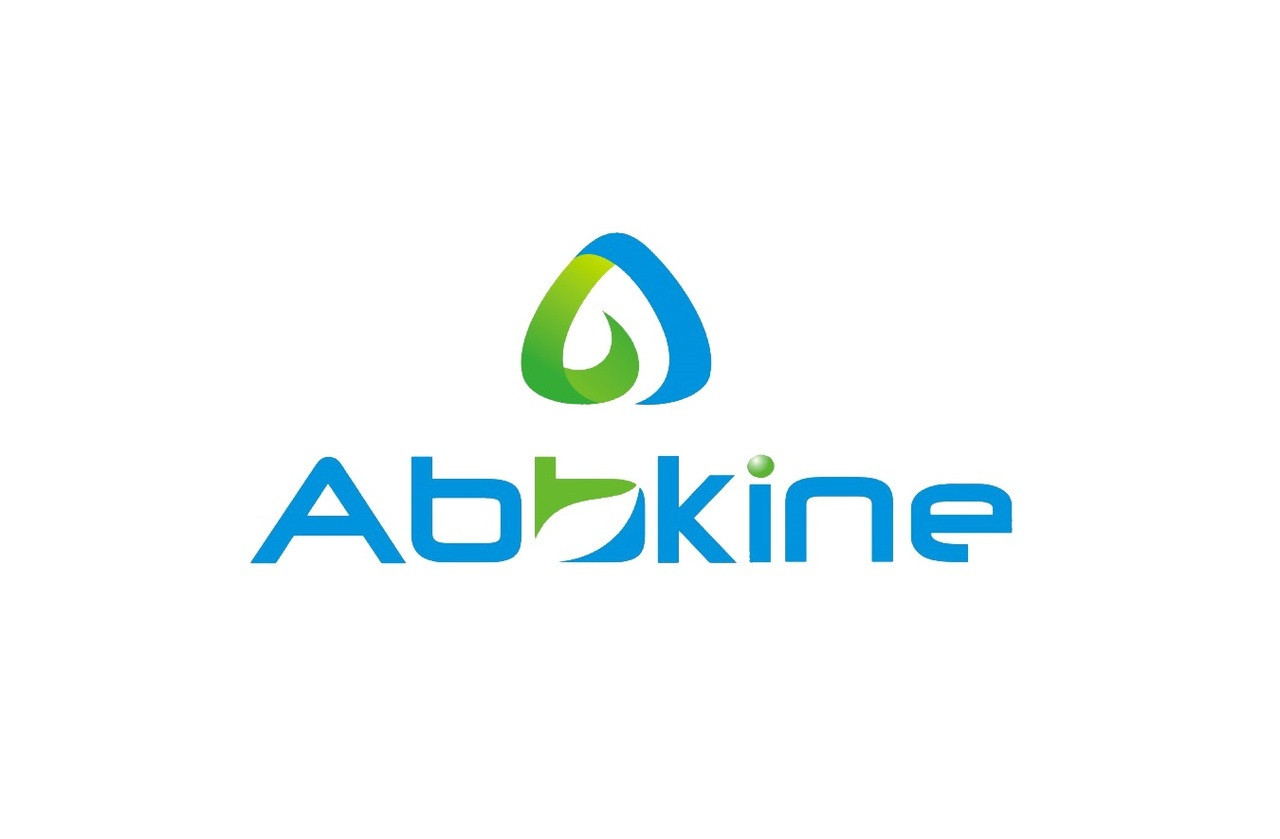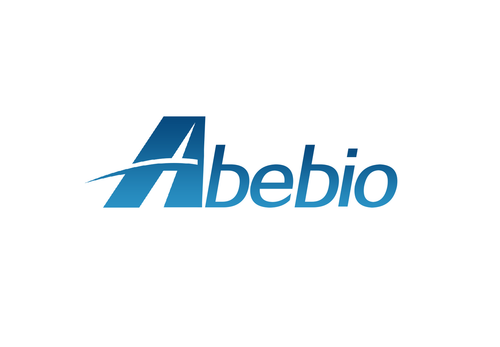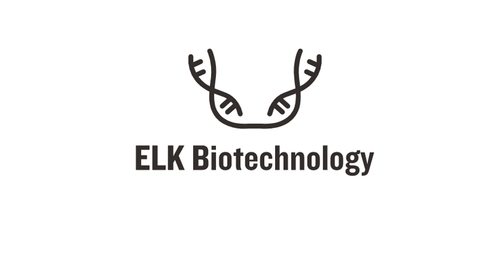Product Description
Mouse Uromodulin (UMOD) ELISA Kit | KTE70036 | Abbkine
Application: This Mouse Uromodulin (UMOD) ELISA Kit employs a two-site sandwich ELISA to quantitate UMOD in samples. An antibody specific for UMOD has been pre-coated onto a microplate. Standards and samples are pipetted into the wells and anyUMOD present is bound by the immobilized antibody. After removing any unbound substances, a biotin-conjugated antibody specific for UMOD is added to the wells. After washing, Streptavidin conjugated Horseradish Peroxidase (HRP) is added to the wells. Following a wash to remove any unbound avidin-enzyme reagent, a substrate solution is added to the wells and color develops in proportion to the amount of UMOD bound in the initial step. The color development is stopped and the intensity of the color is measured.
Detection Method: Colorimetric
Conjugate: N/A
Sample Type: Cell culture supernatants#Serum#Plasma#Other biological fluids
Assay Type: Multiple steps standard sandwich ELISA assay with a working time of 3-5 hours. It depends on the experience of the operation person.
Kit Component: • Mouse Uromodulin microplate
• Mouse Uromodulin standard
• Mouse Uromodulin detect antibody
• Streptavidin-HRP
• Standard diluent
• Assay buffer
• HRP substrate
• Stop solution
• Wash buffer
• Plate covers
Features & Benefits: Mouse Uromodulin (UMOD) ELISA Kit has high sensitivity and excellent specificity for detection of Mouse UMOD. No significant cross-reactivity or interference between Mouse UMOD and analogues was observed.
Calibration Range: Please inquire
Limit Of Detection: Please inquire
Usage Note: • Do not mix components from different kit lots or use reagents beyond the kit expiration date.
• Allow all reagents to warm to room temperature for at least 30 minutes before opening.
• Pre-rinse the pipet tip with reagent, use fresh pipet tips for each sample, standard and reagent to avoid contamination.
• Unused wells must be kept desiccated at 4 °C in the sealed bag provided.
• Mix Thoroughly is very important for the result. It is recommended using low frequency oscillator or slight hand shaking every 10 minutes.
• It is recommended that all samples and standards be assayed in duplicate or triplicate.
Storage Instruction: The unopened kit should be stored at 2 - 8°C. After opening, please store refer to protocols.
Shipping: Gel pack with blue ice.
Precaution The product listed herein is for research use only and is not intended for use in human or clinical diagnosis. Suggested applications of our products are not recommendations to use our products in violation of any patent or as a license. We cannot be responsible for patent infringements or other violations that may occur with the use of this product.
Background: The olfactory system provides a unique model for developmental neurobiology. Olfactorin is a secreted modular protein containing several domains typically present in extracellular matrix proteins. During embryonic development expression of the Umodl1 gene is detectable only in the olfactory epithelium and vomeronasal organ starting at embryonic day 16.5. At this stage, Umodl1 expression within the olfactory epithelium is punctate, and is restricted to only some of the sensory neurons. At birth and postnatally, expression in these organs continues and involves more neurons. Kallmann syndrome is a genetic disease in which olfactory axons fail to connect to target neurons in the bulb.Olfactorin may play a role in correct olfactory axon navigation to the brain.
Alternative Names: UMOD; ADMCKD2; FJHN; HNFJ; HNFJ1; MCKD2; THGP; THP; Tamm-Horsfall glycoprotein; uromodulin (uromucoid; Tamm-Horsfall glycoprotein) ; uromucoid
Search name: UMOD; ADMCKD2; FJHN; HNFJ; HNFJ1; MCKD2; THGP; THP; Tamm-Horsfall glycoprotein; uromodulin (uromucoid; Tamm-Horsfall glycoprotein) ; uromucoid
Tag: UMOD
 Euro
Euro
 USD
USD
 British Pound
British Pound
 NULL
NULL












